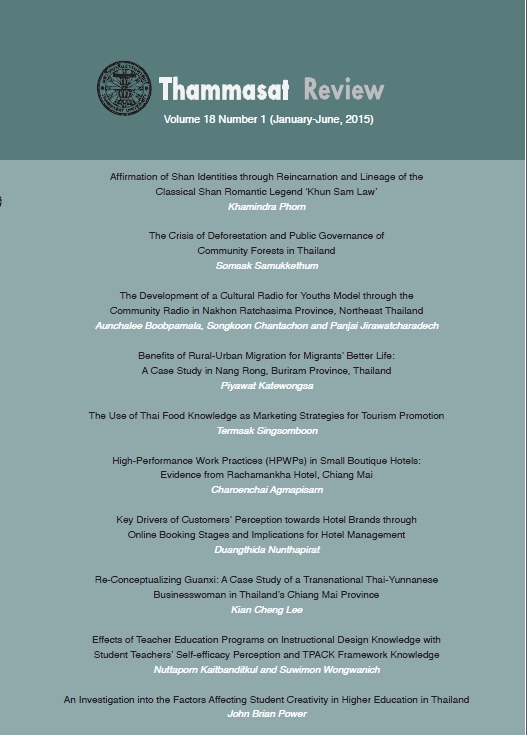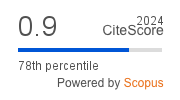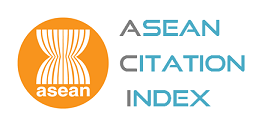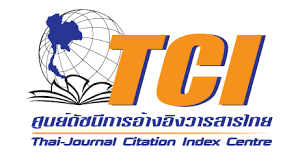The Development of a Cultural Radio for Youths Model through the Community Radio in Nakhon Ratchasima Province, Northeast Thailand
Abstract
The objectives of this research are to examine the historical background
of the media, community radio programming, the current circumstances, problems
and suggestions of cultural models for young listeners through community radio, and
the development of related models through community radio in Nakhon Ratchasima
Province, Northeast Thailand. A study to this effect was carried out in four of the
province’s 32 districts: Muang Nakhon Ratchasima, Pakthongchai, Chokchai and
Phimai.
The 130 samples were purposively1 selected. The key sources of information
were academics, professional radio broadcasters, public relations experts, local
wisdom,2 traders and school administrators. The casual participants were moderators
or disc jockeys (DJs), while youths (14-18 year olds) acted in a general capacity.
The data collected consisted of documentaries, observations, interviews, focusgroup
discussions and workshops. Data-evaluation was tested through the tool of
triangulation and the results were presented descriptively. The data were collected in
March-September 2014.
The exercise established that the appropriate radio program for youths
requires suitable programming formats. The DJs need to be familiar with the local
culture and should ideally communicate in its dialect. The program should present the
cultural identity of Nakhon Ratchasima Province, including traditional Thai folk songs.
The study revealed that the most suitable slots are 11 am to 12.00 noon on Sundays,
and 7-8 am Monday-Friday. The cultural program presentation should include the
following segments: debates, features and magazine content. This article argues that
developing a cultural radio model aimed at young listeners, through the community
radio, can facilitate communications for all stakeholders concerned.
Downloads
How to Cite
Issue
Section
License
The opinions and ideas expressed in all submissions published in Thammasat Review are solely that of the author(s) and do not necessarily reflect that of the editors or the editorial board.
The copyright of all articles including all written content and illustrations belong to Thammasat Review. Any individuals or organisation wishing to publish, reproduce and distribute a particular manuscript must seek permission from the journal first.








